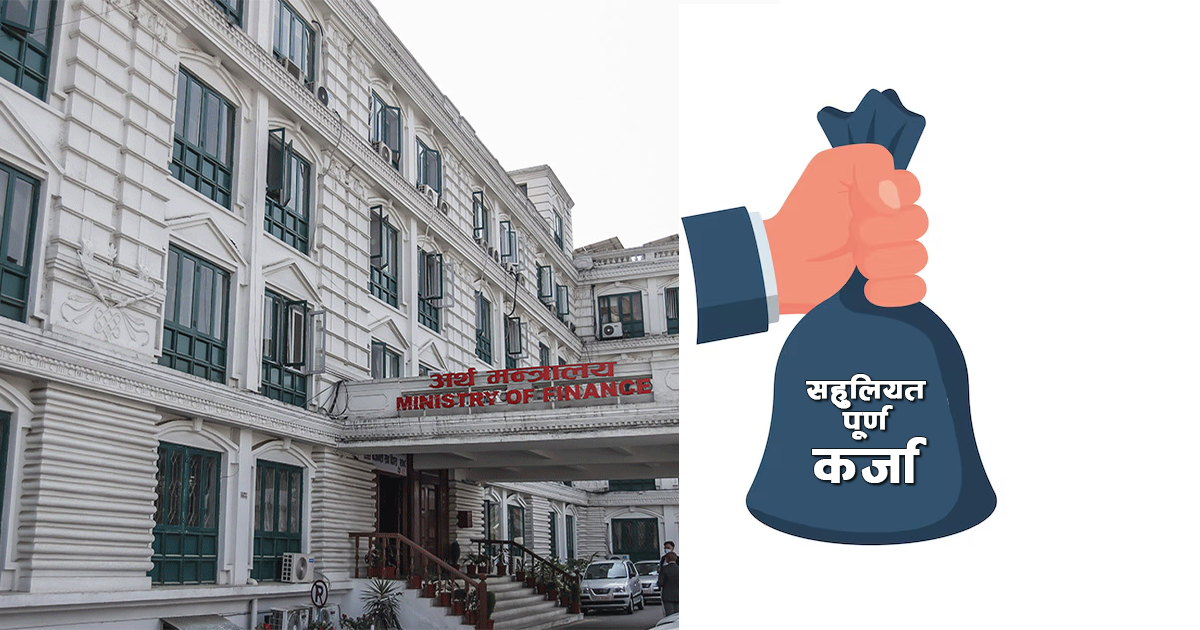Kathmandu: Following the government’s approval of the new procedure for interest subsidy on concessional loans, Nepal Rastra Bank has directed banks and financial institutions to implement it.
The previous unified procedure of 2018 had left nearly Rs 10 billion in unpaid interest subsidies on concessional loans. With the government approving the new procedure, that has now been replaced.
To implement the newly approved procedure, Nepal Rastra Bank issued directives to banks and financial institutions on Thursday.
Under the 2018 provision, concessional loans were provided under 10 categories with a 6 percent subsidy on women entrepreneurship loans and 5 percent on other categories. The new procedure reduces the categories to 8, with a uniform 3 percent subsidy across them.
Since the government was unable to provide subsidy payments, concessional loans had been informally halted for the past two years. With the start of the current fiscal year, concessional loans have resumed despite arrears in earlier payments.
NRB also instructed banks to recover subsidies misused in some loans and deposit them in its fund. Although banks are owed around Rs 10.5 billion, NRB said that about Rs 10 billion remains to be paid by the government after adjusting available funds.
In commercial agriculture and livestock loans, the maximum loan ceiling requiring approval from the Central Coordination Committee has been reduced from Rs 100 million to Rs 50 million. The new procedure also addresses loan insurance and project insurance for borrowers, as well as recovery of subsidies in cases of misuse.
Finance Minister Bishnu Prasad Paudel approved the “Procedure on Interest Subsidy for Concessional Loans 2025,” granting up to 3 percent interest subsidy in eight loan categories.
The earlier provision of 6 percent subsidy for women entrepreneurs and 2 percent for agriculture and livestock loans above Rs 50 million has been removed. Now, all concessional loan categories will receive a flat 3 percent subsidy.
The government will also provide interest subsidies for concessional loans to startups and industries replacing boilers. However, concessional loans for private housing construction by victims of floods, landslides, earthquakes, and other disasters will not receive subsidies.
According to the new procedure, banks may charge only up to 1.5 percent premium above the base rate on subsidized loans. Apart from loan information fees and insurance charges, no additional service fees may be collected.
Interest subsidy will be provided for a maximum of five years. Banks and financial institutions must determine grace periods, installment schedules, and repayment timelines based on the type of loan, amount, purpose, nature of the business, repayment period, and risk level.
The concessional loan ceiling for commercial agriculture and livestock has been reduced to Rs 50 million from the earlier Rs 100 million.
The loan limit for women entrepreneurs has been raised from Rs 1.5 million to Rs 2.5 million. Educated youth self-employment loans have been increased from Rs 700,000 to Rs 2 million, while returnee migrant youth self-employment loans have been doubled from Rs 1 million to Rs 2 million.
The subsidy for higher education loans, vocational training loans, and textile industry operation loans has been scrapped. Earthquake housing loans have been restructured into a concessional loan programme for disaster victims’ housing, capped at Rs 500,000. Dalit community Bhagat Sarvajit entrepreneurship loans have been raised from Rs 1 million to Rs 2 million.
Banks and financial institutions must approve concessional loans within 15 working days, and if not, must provide written reasons within three working days.
The procedure prioritizes project-based collateral and group guarantees. Loans can be disbursed against project feasibility under group guarantees, with all members equally responsible for repayment if one defaults.
Loans above Rs 1.5 million must be insured. For loans up to Rs 1.5 million, the Credit Guarantee Fund will provide insurance, with costs shared 50-50 between banks and NRB subsidy funds. For loans above Rs 1.5 million, banks must bear the insurance cost.
The new procedure requires not just loan insurance but also business/project insurance. For loans up to Rs 1.5 million, insurance premiums will be split equally between borrowers and the government subsidy fund. For loans above that amount, borrowers must bear the entire premium.
If misuse of concessional loans is found, the borrower will lose remaining subsidy eligibility, and any subsidies already received (with interest) will be recovered. Monitoring of loan utilization will be conducted by the lending banks, which will also be held accountable, according to NRB officials.



Comment Here